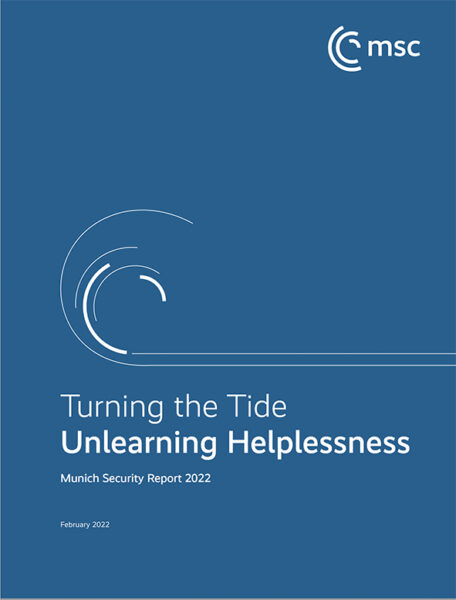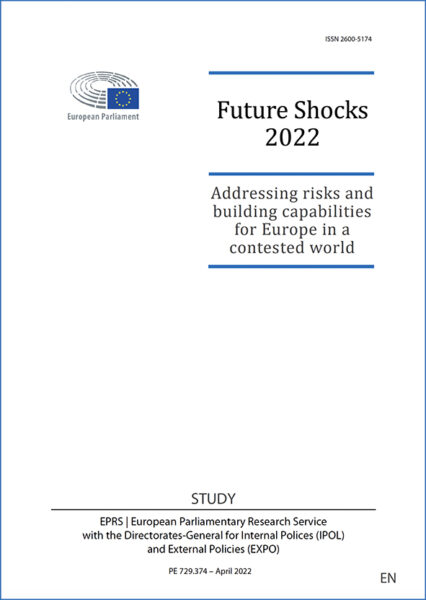Acts of piracy have made a significant media impact in France recently, following attacks on several vessels, particularly in the Gulf of Aden, with both commercial shipping and private yachts being targeted. Acts of piracy are, in fact, on the increase in various sea areas (e.g. to the East of Somalia). Why this new upsurge? What has been the impact on the maritime world and how is it to face up to this threat?
Cédric Prévost, who has made a study of the question, assesses the state of maritime piracy and outlines the possible trends developing within it. After reviewing the factors which contribute to the development of piracy (sea traffic, lack of security at sea, the fragility of certain states, poverty etc.), he highlights the major issues surrounding this “low-intensity threat”. He first reminds us that this is a risk the shipping companies regard as low, by comparison with the many others they have to manage, even though the security of energy supplies (which is potentially threatened) may change matters in that regard. He recalls also that piracy can be seen as part of a wider circle of criminal activities playing a part in the destabilization of certain regions. In this sense, the phenomenon could spread as a result of the emergence of “career pirates”. Lastly, he proposes a series of possible responses to the threat – fighting it at sea, international cooperation, improving maritime security – and ends by casting particular light on the question with respect to France.
Maritime Piracy in Perspective
Cet article fait partie de la revue Futuribles n° 353, juin 2009


